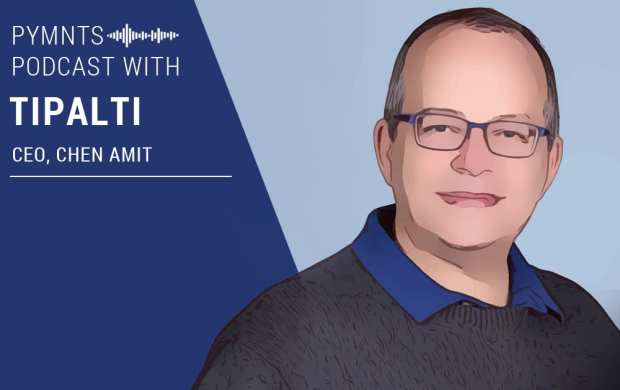Why Accounts Payable Is A Cross-Border Payments Afterthought

The prospect of global growth is an exhilarating one for companies. What may have started out as a one-person operation is now expanding fast enough to attract customers and businesses in other markets around the world — it would make any entrepreneur proud.
Yet, the typical strategy of global growth is to expand now, ask questions later. According to Tipalti CEO Chen Amit, the excitement leaves managing the nuts and bolts of a cross-border business on the back burner. One of the biggest hurdles today is accounts payable (AP), Amit told PYMNTS’ Karen Webster in a recent conversation, and those challenges can offer a rude awakening to the dream of global growth.
“Accounts payable, unfortunately, is always an afterthought,” he said. “You have a business, you’re excited, you’re gaining traction in the U.S. and Canada, for example, and you want to conquer five new countries. You aren’t thinking about accounts payable when you think about that value proposition.”
Due to the relative ease of global growth (with service providers making it easier than ever to sell products online to new markets, or to reach vendors in different jurisdictions, for instance), the shock of AP friction can be even greater than the excitement. Suddenly, Amit said, a company is struggling to figure out how to pay their new global suppliers.
Back To Basics
Many of those challenges are some of the most basic aspects of running business. Amit said that might include gaining collateral to obtain financing in a foreign market, or establishing a way to pay offices overseas. They are processes that, when operating locally, are relatively straightforward. When managing them across the planet, however, these “nitty gritty” parts of running a business can quickly become a headache — and are often overlooked when preparing for international expansion.
Accounts payable can be a major part of that oversight, said Amit.
“Some of that very basic infrastructure is frequently underestimated: What tax requirements are there? How do you capture invoice VAT information? How do you make sure you’re working with the right suppliers?” he explained.
The unexpected difficulties of managing accounts payable can range from tax compliance to mitigating foreign exchange (FX) volatility exposure. Businesses must designate the currency by which they will pay their vendors, while firms with multiple subsidiaries must open bank accounts in each jurisdiction to facilitate each payment, and manage internal cash flows. FX management opens up a company to the risk of errors, while a lack of familiarity with local regulations exposes it to the consequences of noncompliance.
From Headache To Emergency
It’s clear that the points of friction in operating AP across borders are copious. Yet, Amit explained that these problems can quickly morph from inconveniences into a corporate emergency, preventing a business from being able to expand where it wants. Often, high-growth businesses can feel the pain of global AP the hardest, allocating resources to address these pain points rather than to actually growing.
“They hit a wall,” he said. “For most companies, when we meet them, they may be seeing extremely high growth rates, but they are holding back international expansion.”
This is when AP friction evolves into a far deeper issue for a business.
The “911 call,” noted Amit, isn’t often placed until a high-growth business realizes those issues are hampering growth plans. A business may take its first steps into the international market, but the wave of problems with accounts payable will prevent it from furthering those global ambitions. Instead of adding new revenue streams and introducing new business partners, organizations are bogged down with trying to address these unexpected issues.
However, there are companies like Tipalti to answer that call. Last month, the firm introduced its Multi-FX solution, an accounts payable tool designed to address the particular pain points of cross-border AP. The impact of collaborating with a FinTech partner can be stark, according to Amit, with companies that are forced to allocate critical human capital to manually managing these cross-border hurdles now free to focus on adding value to the enterprise.
Other benefits include reduced error rates in supplier payments, lessened exposure to FX volatility, financial savings in labor costs and enhanced compliance.
“There are all kinds of metrics” to assess the effectiveness of global AP improvements and automation, Amit said. Yet, the real difference emerges when organizations aren’t just experiencing less friction with accounts payable, but when AP is no longer an operational pain point at all.
“The real key,” he continued, “is that this is something that used to be a problem — a pain point withholding you from doing things because you were afraid of the outcome. Now, you don’t think about it anymore. It’s done. You move on to greater and better things.”
